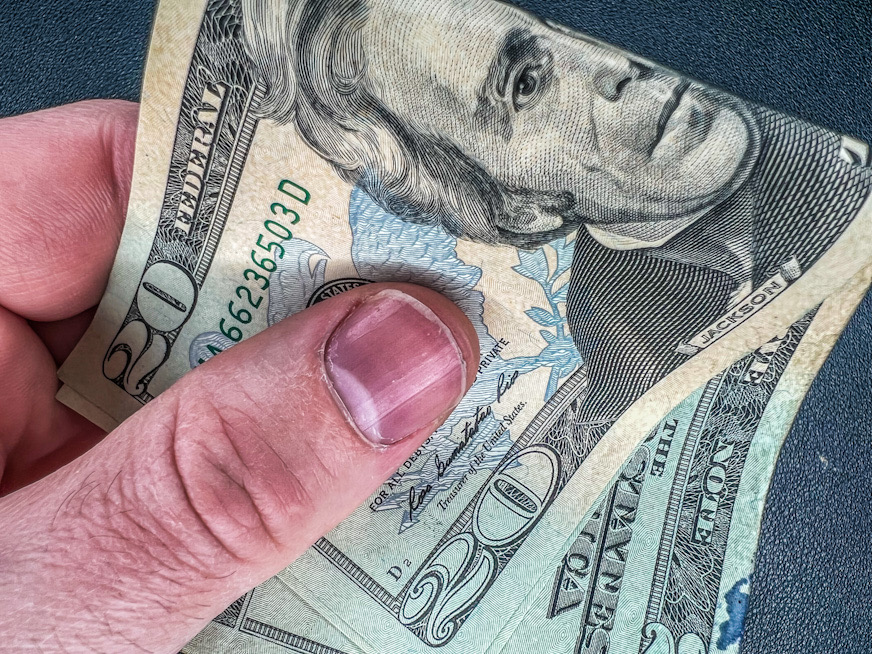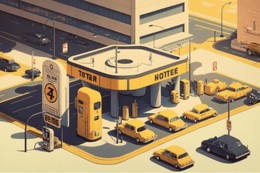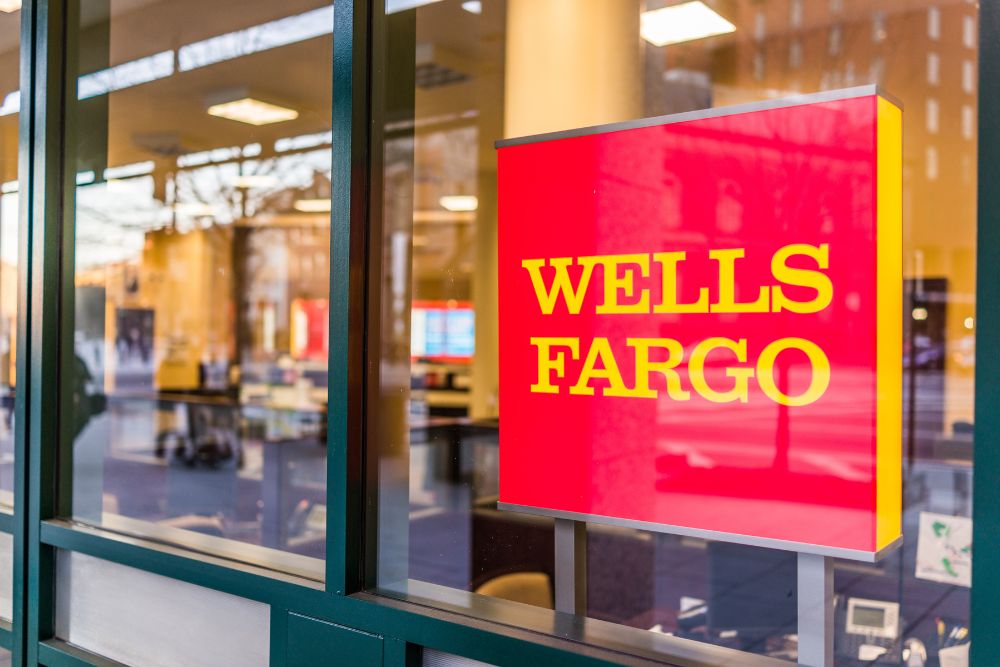You may qualify for a loan through lenders who look beyond traditional credit checks.

In most cases – lenders in United States do require a check on your credit report. Yet some out there don’t need to look at your credit history. Instead, they look at your current situation, such as how your income looks versus your debts. They believe that a full credit check isn’t necessary because the key factors that are currently relevant are specifically your ability to repay (income) and how much your current obligations are (your existing debt).
Do keep in mind with these types of lenders that the rates tend to be higher than traditional lenders.
Going this route is also much simple and faster to get money. This is because the only relevant information that’s looked at is the likelihood of you being able to make the payments.
The time to pay back everything is also much shorter, usually within a year at most by typically just a few months. Yet even with these terms, you’ll be able to get the funding no later than 48 hours after approval.
While it may seem like a great option for those looking for short-term financing, borrowers must ensure they check all the details beforehand.
Always make sure to check with the lender to see what their rates will be throughout the entire process, and carefully do research before considering borrowing any money from them.
You will find two types of loans in the no-credit-check category.
In the world of personal loans, you can choose two avenues or channels with them. You can either go with an unsecured loan or a secured loan.
Unsecured Loans
There’s no collateral or nothing attached to the loan. As a result, this tends to be a riskier option for the lenders, which means they end up putting in a higher interest rate and shorter repayment terms as the cost of lending the money out.
Secured Loans
Here you can put something up for collateral with a value that can be used in case the loan isn’t repaid. As there’s collateral being put up against the loan, the interest rates tend to be lower because there’s an easier way for lenders to recover funds for the loan.
Typical collateral loan examples are car loans – where you can put your car forward as collateral and usually borrow up to a certain amount of the car’s value, such as 50%.
Then there’s also putting up valuable items, such as precious metals and stones, for collateral. Their actual worth is the amount you’ll be able to borrow up to.
Is it safe to get a loan like this?
In the end, you will need to do your own due diligence. Always check the business and see if there’s anything negative about them. Be extra cautious when looking at your loan agreement, and ensure it isn’t predatory.
Some areas you should always look out for:
Rate: Always look at what the APR and APY are. Those with ultra-high rates will be hard to repay
Term: Short loans mean high payments to pay down the loan. Combined with high rates, it will increase the interest you have to pay back.
Approval process: No credit check doesn’t mean the money is loaned without any review. Be wary of no checks of any sort (income or otherwise) when applying for the loan.
Disclaimer : All loans and credit cards are subject to credit and underwriting approval. ConsumersAware.org is an information blog and a search platform, not a lender. ConsumersAware.org only works with advertiser partners and networks that comply with laws and regulations of Canada, United Kingdom, United States, Australia, and New Zealand. Credit cards range from $500 to $50,000 with Annual percentage rates (APRs) range from 12.5% to 19.9% and depend on the assessment of your credit profile. Loans range from $500 to $50,000 with terms ranging from 12 months to 60 months or more. Loans APRs range from 5.99% to 29.8% and depend on the assessment of your credit profile. For example, for a $7,500 loan paid monthly over 24 months, a person would pay $332.40 per month for a total of $7,977.60 over the course of the entire loan period.








